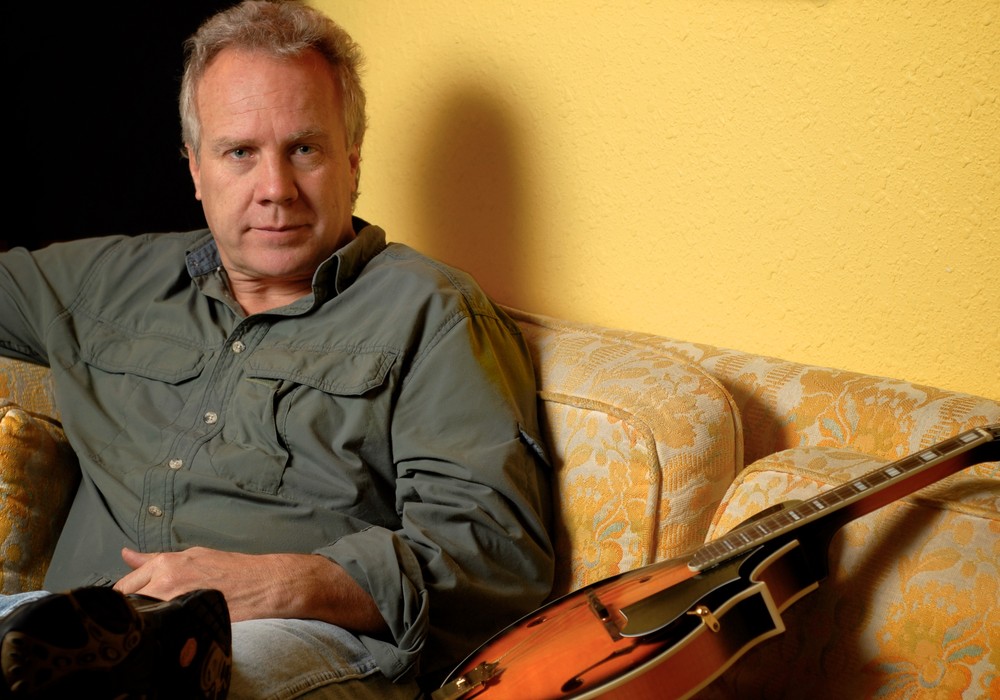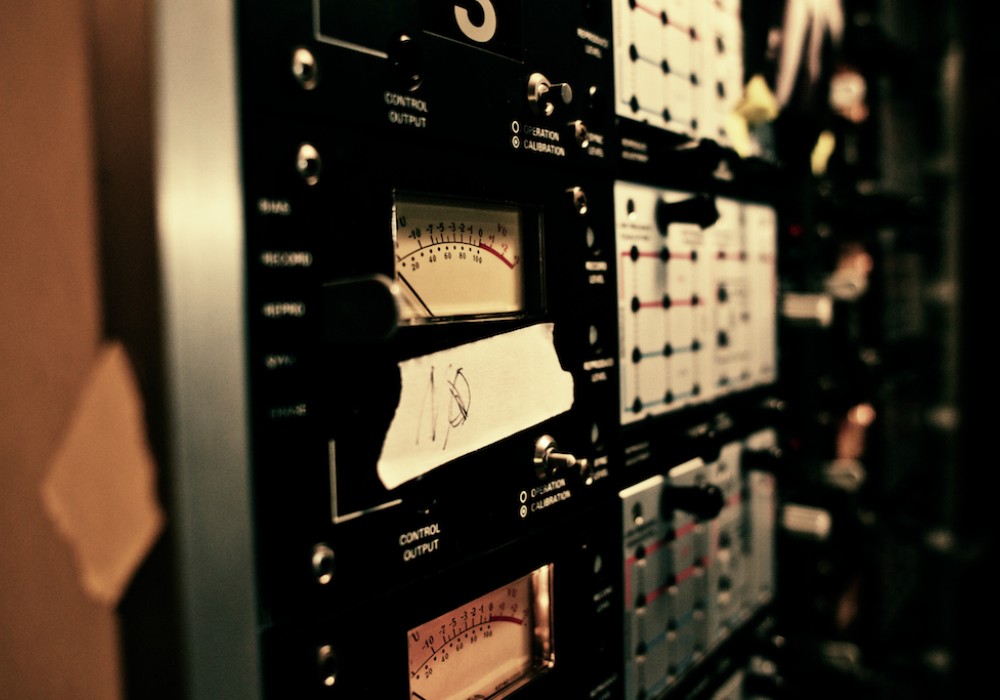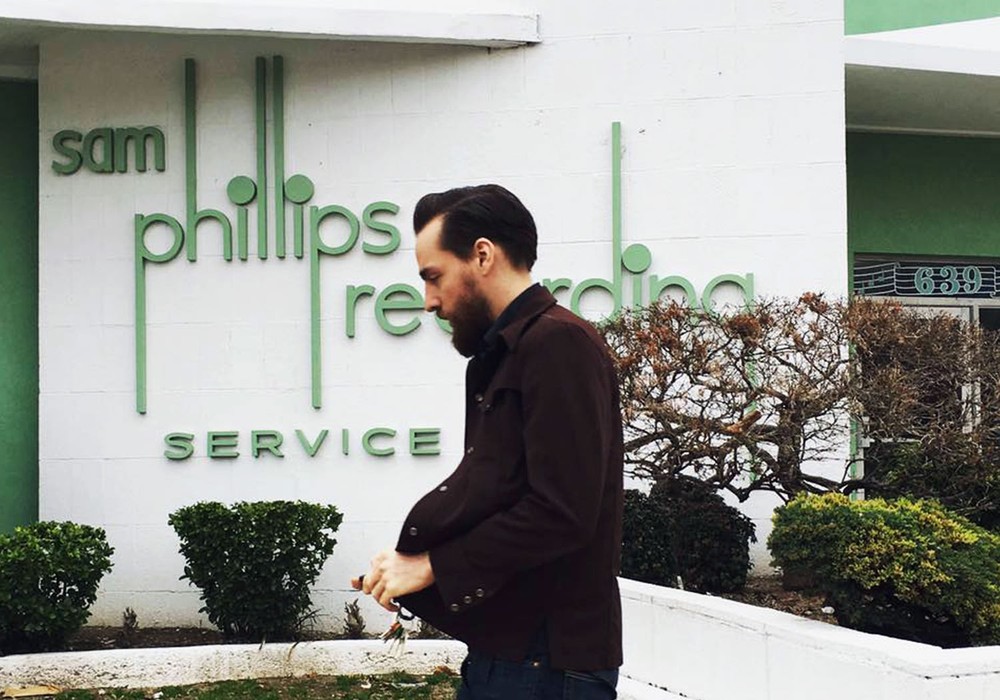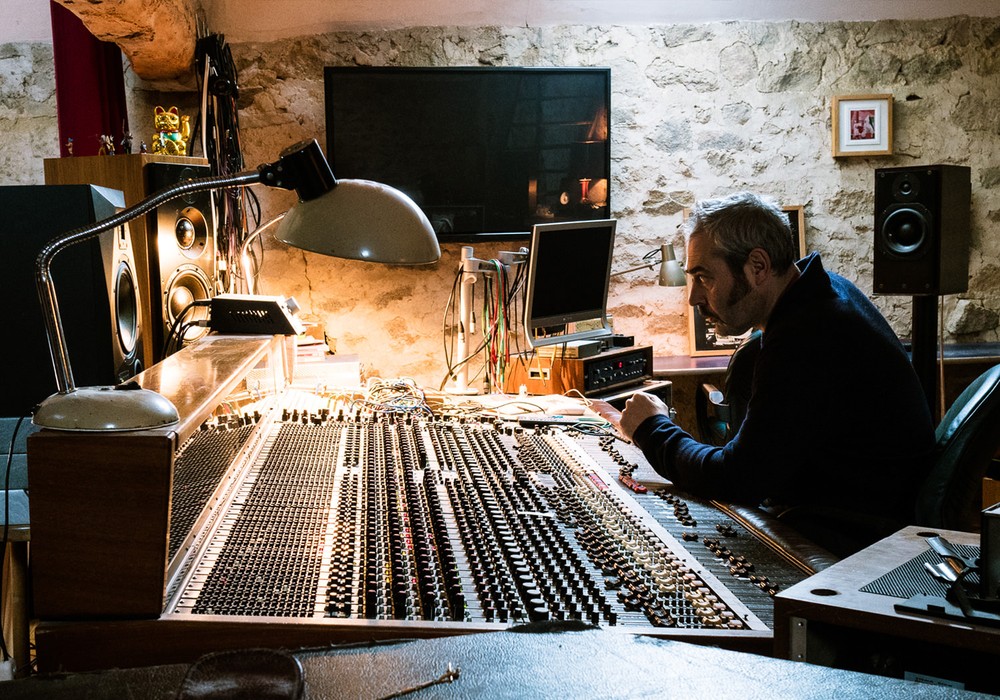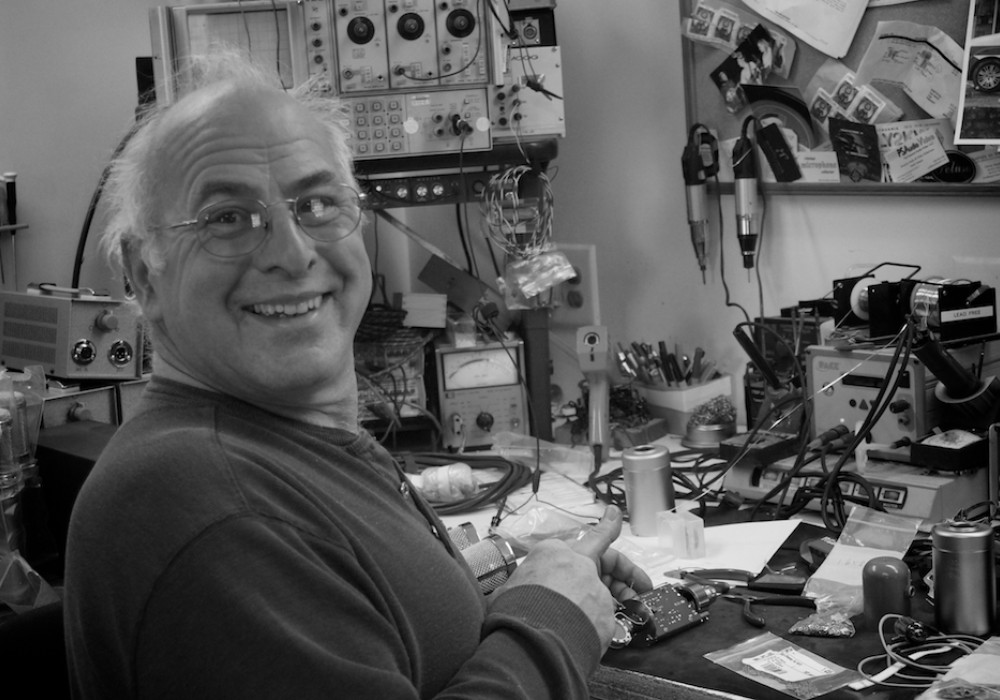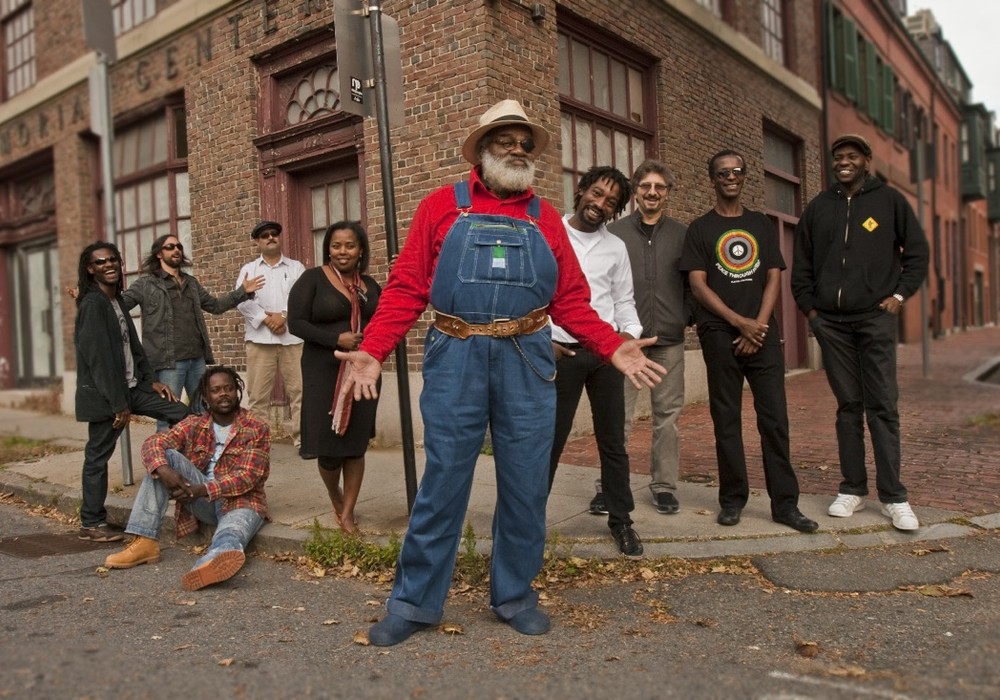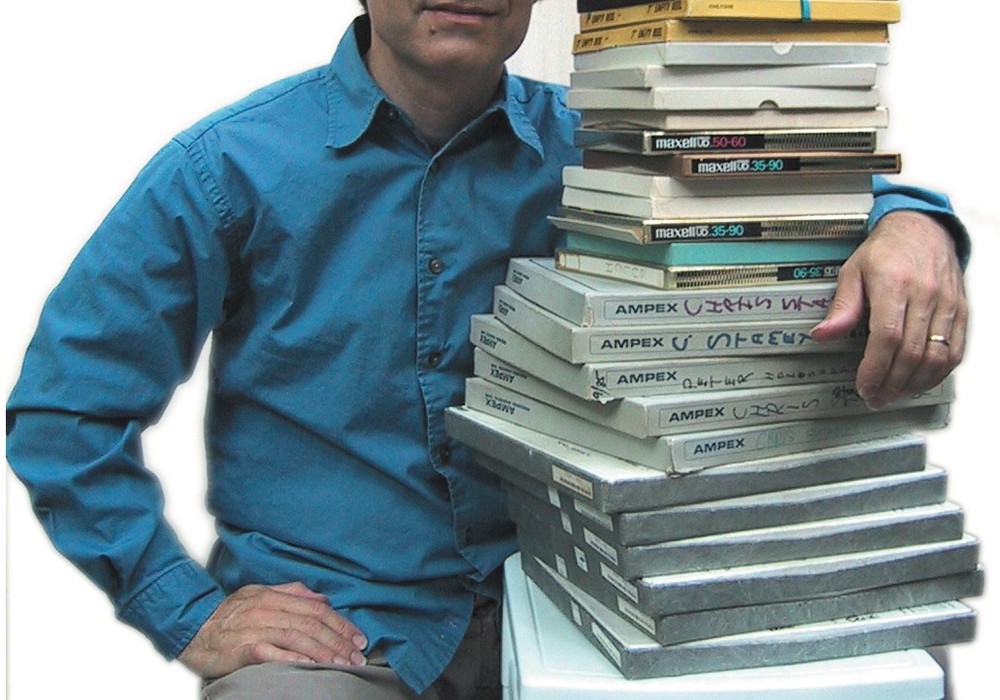Bill Cheney and his partner Jim Romney are the men responsible for keeping the amazing legacy of Spectra Sonics, a legendary, if criminally unheralded, pro-audio company alive.
LC: Spectra Sonics' founder, William G. "Bill" Dilley, seemed to have a different sense of what was right with audio.
We wouldn't release anything that didn't meet spec. It was his passion. It's like when automation came out, with VCAs. I'm trying to think of the band, but they called up and wanted an automated console in 1979. He said, "I won't build it. I'm not going to lose 30 dB on the noise and add distortion." They said, "We don't care how much it costs." He said, "I won't build it. Don't call me back." That was it. Money came second to that guy.
LC: So you're building consoles again?
Yeah, by July we'll have a little 16x4x2. It's modular. It's going to be a little sidecar, but it's expandable, so you could start off with ten inputs straight out. We're trying to make it so that in the $20,000 range you can get a functioning console, and then you can get other modules and do whatever you want down the road with it. It's going to be the same module as the 502. We found a manufacturer for the meter who can actually build a copy of the API with the VU ballistics. It's an American-made meter. That's another problem. The other thing we found recently is the LEDs are so much quicker. We started using LEDs for the gain reduction so that you could see what you're doing to yourself rather than just flipping a switch. I had a guy testing it one day call me, and he said that he didn't realize how fast the compressor actually was until he saw the LEDs, because the VU couldn't do it. The VU is like millisecond tracking. What we've done on our new design is put on that LED so that you can see the VU, plus the gain reduction. In the new V610 which is in a 5 and a quarter-inch chassis, the knob for the slope of the gain reduction has LEDs that wrap around the control so you can physically see what you've done to yourself. The problem is that the compressor doesn't really distort. You can't hear a lot of audible distortion with that compressor. So you can be compressing it 20 or 30 to 1 and you just don't hear it. A normal compressor will start sounding poorly at that point. That's where we get these guys calling on the phone saying that the separation of instruments on the mix is suffering. I ask what gain reduction they're using, and it's almost 40:1. You've got this extra gain you don't realize because it's not distorting.
GB: I think people are just now starting to find the consoles. Dan Auerbach found a 1020 for his Easy Eye Sound studio, and the people that are hearing those consoles now are blown away.
That's what surprised me. I didn't think it would be that apparent on a mix, but people are telling me. Dilley was the first guy to ever spec a console input-to-output with less than 1 degree of phase shift to 100 kHz. No one even understands that, especially with transformers. Then it becomes a bigger problem when you have a higher output impedance in the transformer. You get like 15 or 20 degrees phase shift. So these older consoles that they're reproducing, those guys have 15 or 20 degrees of phase shift in them, so below 400 cycles you're just kicking a hole in the bag. It's gone. I remember him looking at 1 degree phase shift. In all his little notes, it's got to be one 1 degree at 100 kilocycles. This all translates into what you're hearing; this openness, the headroom. Easy Eye's engineer, Collin Dupuis, sold Matthew Dear on buying that big console I had.
LC: Was that an old console?
It was the last one Bill ever built in 1979. Dan said he already had three, so he didn't need anymore. A few other guys wanted it, but with Matthew, Collin said that he sent him his stems, and he ran tracks through the console. Matthew called back and said, "Where can I buy one of these?" We took the whole console apart. It had never been used before. It was on the floor of AES in '79. We had an [Ampex] MM-1200 hooked to it. Then we put it away. Brand new 1026 all loaded up. We figured we'd just sell it and give somebody a deal. Matthew called one day and said he wanted it. Bill Dilley was really proud of this console. He called it the Champagne Edition. It had plasma meters in it. That was his favorite console, and it just sat in the back room with a tarp on it for 25 years.
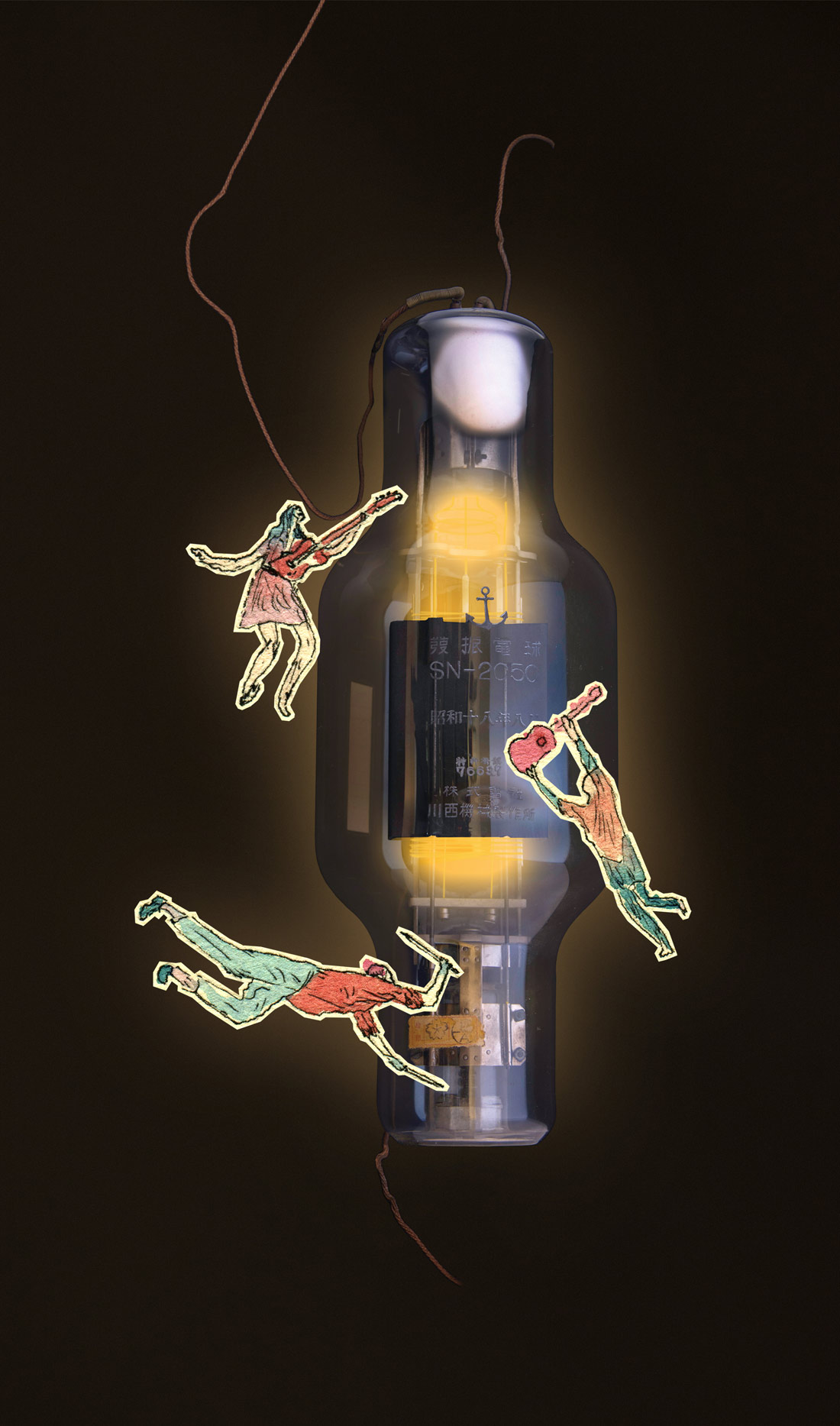

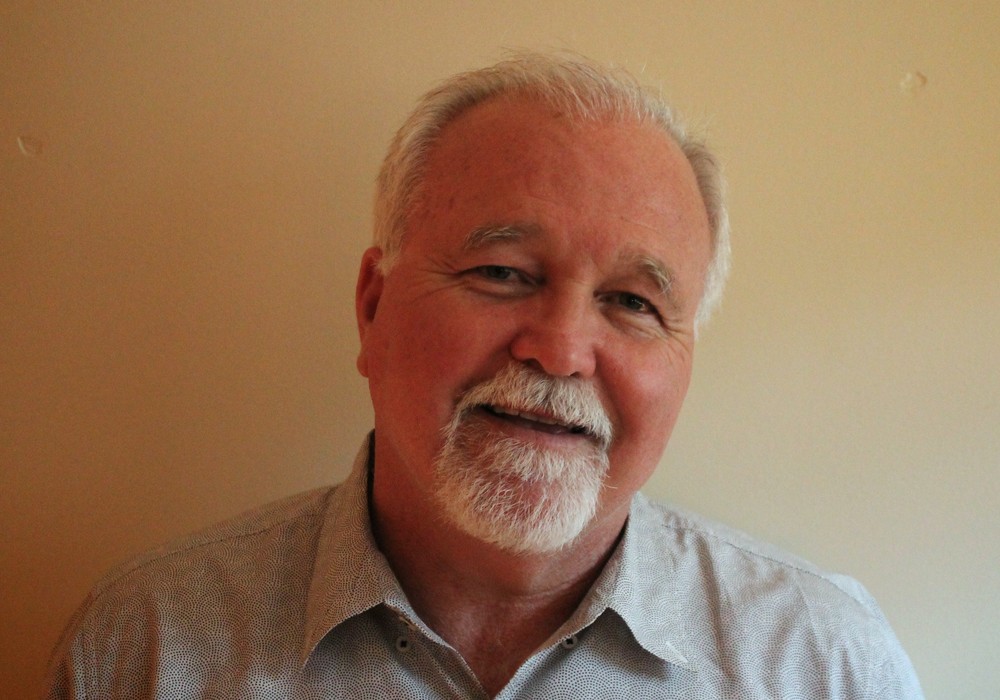


_disp_horizontal_bw.jpg)
